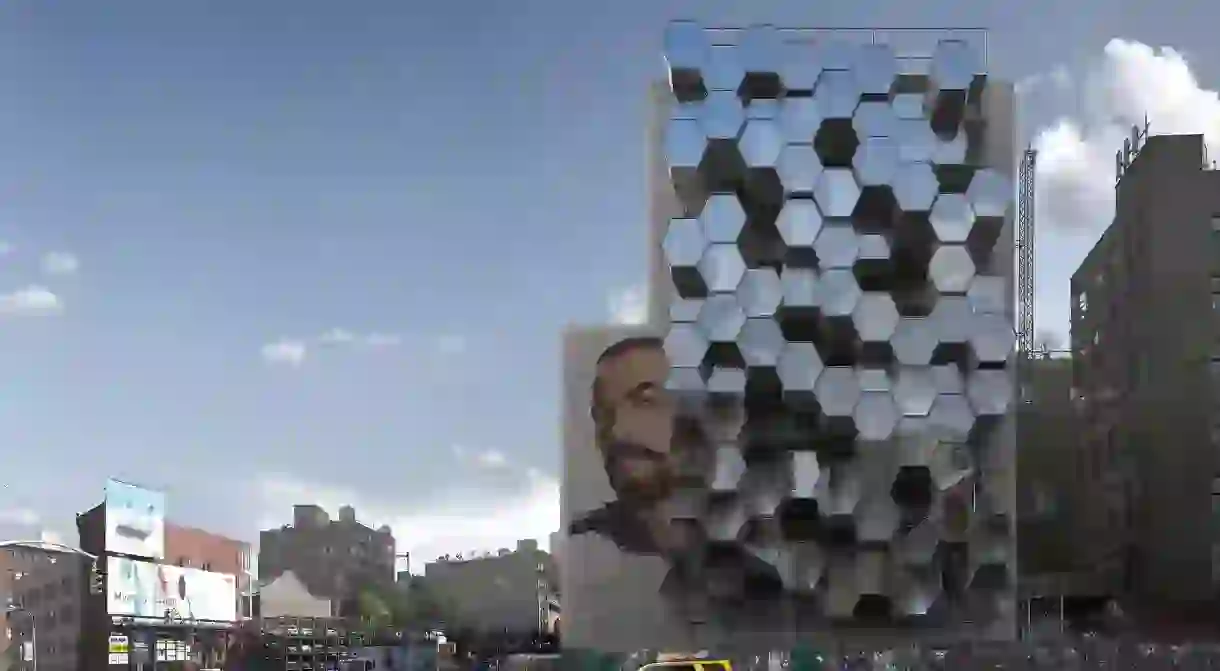Could This Urban Pod Design End Homelessness in New York?

Over 62,000 New Yorkers are homeless. What role can technology and design play to combat this urban crisis?
In the span of ten years, the number of homeless people in NYC has increased by 74 percent, according to the Coalition for the Homeless, culminating to an unprecedented crisis; one that hasn’t been seen since the Great Depression. More than three-quarters of those staying in New York City’s municipal shelter system are families. In this burgeoning age of technology and urban expansion, what are designers doing about it?

Framlab, an Oslo and New York-based creative agency, hopes to contribute a housing solution through the use of 3D printing, technology, and vertical space. Their new “Homed” proposal, unveiled earlier this month, capitalizes on NYC’s vertical lots rather than converting existing housing units or scrounging for non-existent land.
The design combines a “scaffolding framework with hexagonal housing modules,” which form a cluster of “suspended micro-neighborhoods of shelters,” says Framlab. The 3D-printed units are designed to provide year-round housing that can be tailored to the individual needs of the resident, including furniture, storage, appliances, and even sensor monitoring. The exterior is built to withstand the changing seasons, including harsh winter weather.

The cost-effective, hexagonal units are made from a prefabricated aluminium shell and 3D-printed polycarbonate interiors. The front-facing PMMA smart glass offers both interior transparency to the outside cityscape and privacy from onlookers. The “organic shapes of the 3D-printed plastic [interiors], that—clad with wood laminate—create a warm and friendly environment,” says Framlab. The result of the design is a cellular mosaic that not only fosters community, but serves as visual stimuli for passersby. Through the use of digital technology, the front face of the pods can display curated artwork or even commercial content.

The lack of affordable housing in New York City is one of the biggest contributors of homelessness. But it’s not enough to convert existing apartments into affordable housing units; there’s also the sheer lack of space and major scale back of single-occupancy units. The “Homed” proposal acts a mindful, socially-conscious housing solution to a systemic issue; one that could literally change the lives of thousands of human beings for the better.
Want to know more about housing in New York City? Check out these 15 tips from brokers on what you should know before renting, here.














